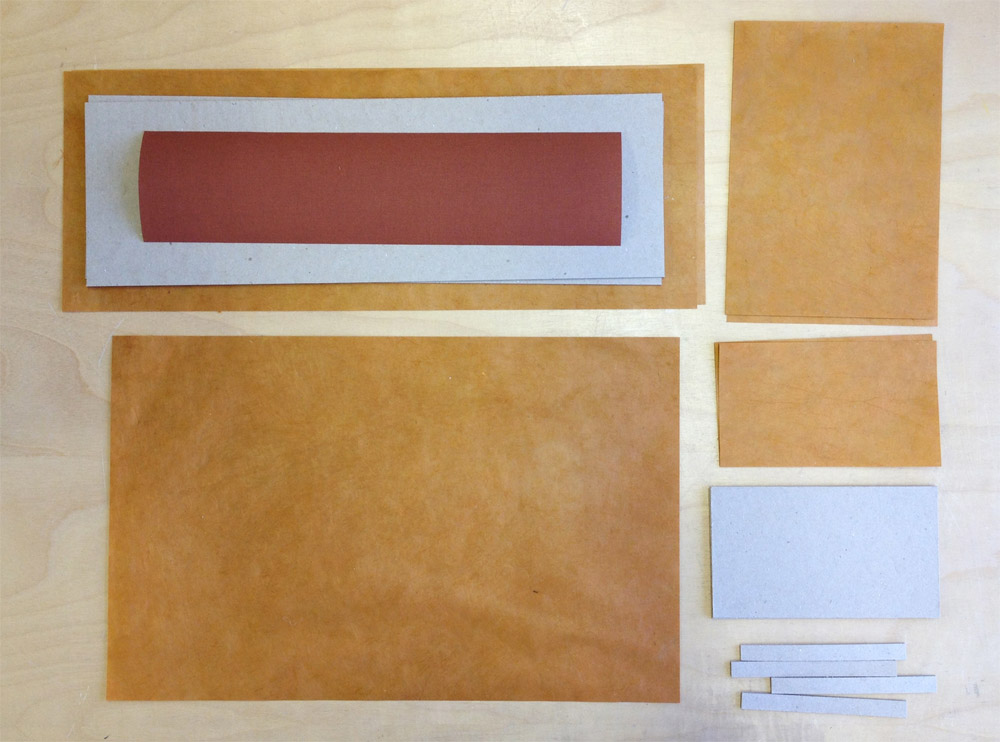As anyone who works with their hands can attest, tools are the key to good work. They also happen to be one of the most satisfying to seek out, collect, and choose favorites from.
Nearly all tools used by conservators will be easily recognized by bookbinders and are particularly suited to their respective tasks.
First, there are brushes:
We use them every day: to adhere materials, to tone cloth and Japanese paper, to apply water strategically or smooth out fibers on a bit of tissue. For PVA and mix I really love using round Anza brushes (second image) and for paste, especially detailed mending, I go for any kind of flat filbert. Toning brushes are one-purpose too, since the risk of them being a tad dirty is always there. We use über beautiful Japanese brushes to apply size and tamp down linings (they’re fairly expensive so we share one large, very nice set). Static-dissipating brushes are used to clean dust from surfaces, hake brushes to remove loose material from bindings, and this clever little guy in the stand is used to pick up all the debris that gets caught in my bench corners (turns out, his true purpose is to clear away baguette crumbs!).
Two other forms of tool that I find myself having quite a few of and utilizing pretty much every day are folders and spatulas.
In my personal studio I have probably more bone folders than any other single tool, but at work I show more restraint. A bone folder with a point is useful for scoring lines and forming endcaps, while a nice flat bone folder is great for creasing sections or consolidating a spine. Teflon folders come in handy when smoothness is key or there’s concern over too much burnishing. A flat, super thin Teflon folder is especially good for floating material apart in a bath or removing adhesive with local humidification (be super careful if you choose to shape your own Teflon folders – breathing in the dust is dangerous!).
Spatulas are a must. Stainless steel ones are great for working with wet materials, since there’s no risk of rusting and the edges are duller and therefore less likely to tear through potentially fragile paper. Casselli spatulas can be used to remove dry adhesive or accretions, to separate uncut pages when necessary, or to carefully unfold corners and edges. The large ones can easily be shaped (and re-sharpened!) to your preference on a sharpening stone and come in handy for muscling tough spine glue off.
Some tools are not only super handy, but also super beautiful (thanks, Starrett).
Best for taking and transferring measurements…
…and for actually measuring with numbers, obviously.
Dahlia sprayers are the absolute best for spraying out an object for humidification!
Some tools seem to be suited for something else entirely:
Scalpels are great for cutting previous sewing or paring edges of leather or paper, Bakelite folders are especially good for securing cloth around board edges, the bamboo comes in handy when separating sized leaves and folios from Hollytex safely, the butter knife makes an excellent cord-frayer, and the nail file is a handy little sander.
Some tools and equipment appear to be better suited to a kitchen…
From left to right, we have a fry stirring wok for making paste, blender for thinning paste, and SodaStream for iron gall phytate treatment.
And the ever-present Pyrex custard dish, used for basically everything – predominantly paste, in our case.
…or a doctor’s office…
These are syringes sans needles for holding reserve paste.
And cotton-tipped applicators for testing ink solubility.
Also an assortment of ace bandages for holding previous spines in place during re-backs.
And then there are weights:
and more weights…
and things that aren’t technically weights, but sure get used as such:

We really like to hold things in place, so essentially anything heavy will do.
Just like bookbinders, conservators have got to be resourceful. Labs tend to be equally outfitted with purpose-designed tools and cleverly re-purposed miscellaneous. It’s easy to get carried away with having just the right device for the job, but we’re faced with “make it work moments” every day. Anything you need is probably there, it just may take a bit of ingenuity to figure it out.
And finally, for when just the right thing is eluding me, my emergency “tool” kit:























